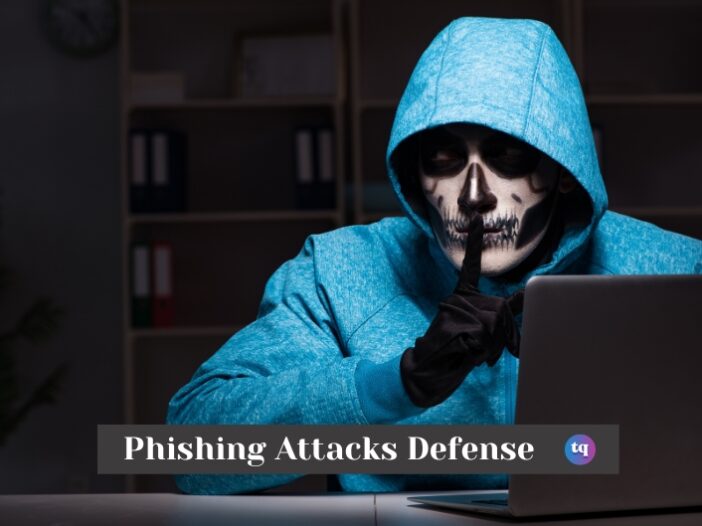
Phishing attacks pose a significant threat to businesses, wreaking havoc on daily operations and potentially compromising sensitive data. As a business leader, it’s your responsibility to understand the necessary strategies to protect your company from phishing attacks.
Let’s take a look at some tried-and-true tactics to secure your valuable data and ensure the continuity of your operations. These aren’t just theoretical suggestions; they’re practical steps that renowned companies worldwide have implemented. Follow these ideas to fortify your company against criminal activity online.
Table of Contents
Educate Employees About Phishing Attacks
The first line of defense against phishing scams is an informed workforce. Educate your team on the nature of phishing attacks, how they’re carried out, and which signs to look out for. Train them to understand suspicious email features like:
- Unknown senders
- Generic greetings
- Misspelled words
- Requests for sensitive information
Regular training sessions can help keep this knowledge at the forefront of your employees’ minds. This information is especially important to combat cyberthreats against companies working remotely.
Implement Advanced Email Filtering
Email filtering systems are powerful tools for preventing phishing emails from reaching your employees’ inboxes in the first place. These systems use machine learning algorithms to identify and isolate phishing emails based on their content, sender’s address, and other parameters. By preventing these emails from reaching their intended targets, you reduce the risk of a successful phishing attack.
Use Multi-Factor Authentication
Multi-factor authentication is a layered security measure that can protect your company even if a phishing attack is successful. With this strategy, accessing company data requires more than just a username and password. It also requires a second factor, like a physical login token or a temporary code sent to a personal device. This makes it much more difficult for a hacker to gain unauthorized access.
Regularly Update and Patch Systems
Outdated software may have vulnerabilities that hackers can exploit to carry out phishing attacks. Updating and patching your systems is crucial for small business cybersecurity, and it includes operating systems and antivirus software, among other programs. Regular updates not only provide new features, but they fix security flaws and improve overall system stability.
Conduct Regular Phishing Simulations
Gauge the effectiveness of your training programs and test your employees’ ability to spot phishing scams by performing simulations of these attacks. Simulations provide a safe environment for employees to apply what they’ve learned, and they give management a clear picture of where additional training may be needed. By making phishing simulations a regular part of your company’s cybersecurity strategy, you can keep everyone vigilant and prepared for real attempts.
The responsibility of protecting your company against phishing attacks rests on everyone within the organization, not just the IT department. From executives to new hires, each individual plays an integral role in maintaining the security of sensitive information. Remember, though, that cybersecurity is not a one-time effort; it’s an ongoing process. As phishing techniques evolve, so must your strategies to combat them. Enact continuous learning initiatives to protect your most sensitive data and ensure a more secure tomorrow for your organization.